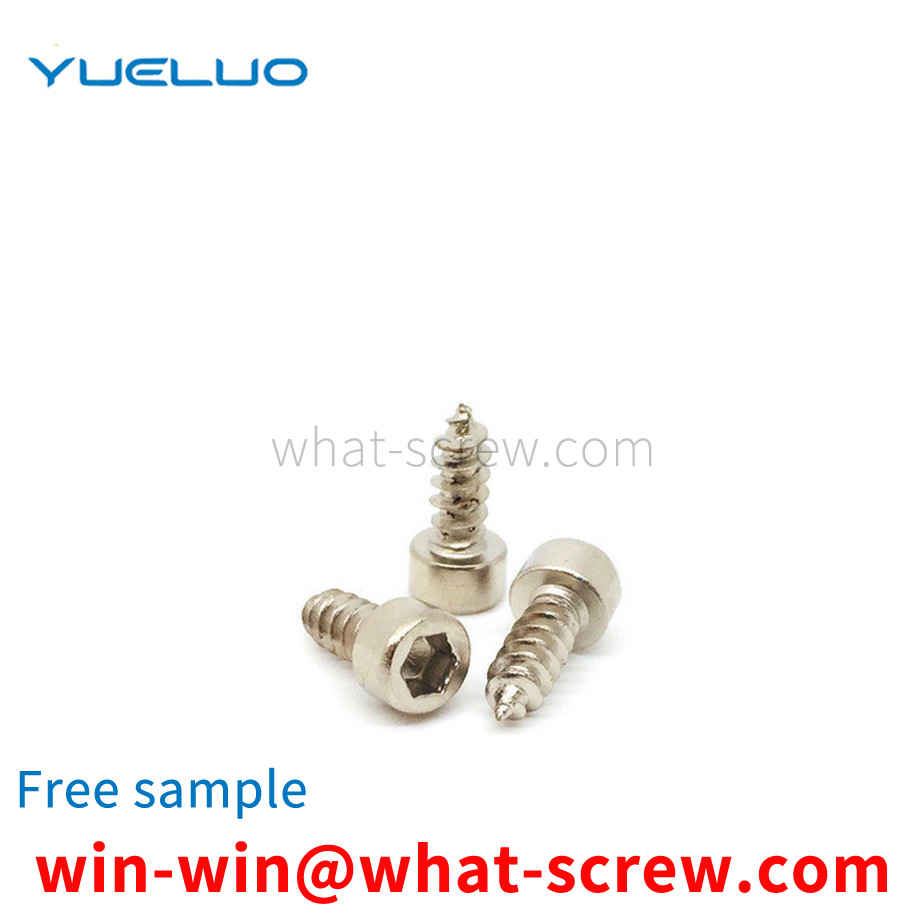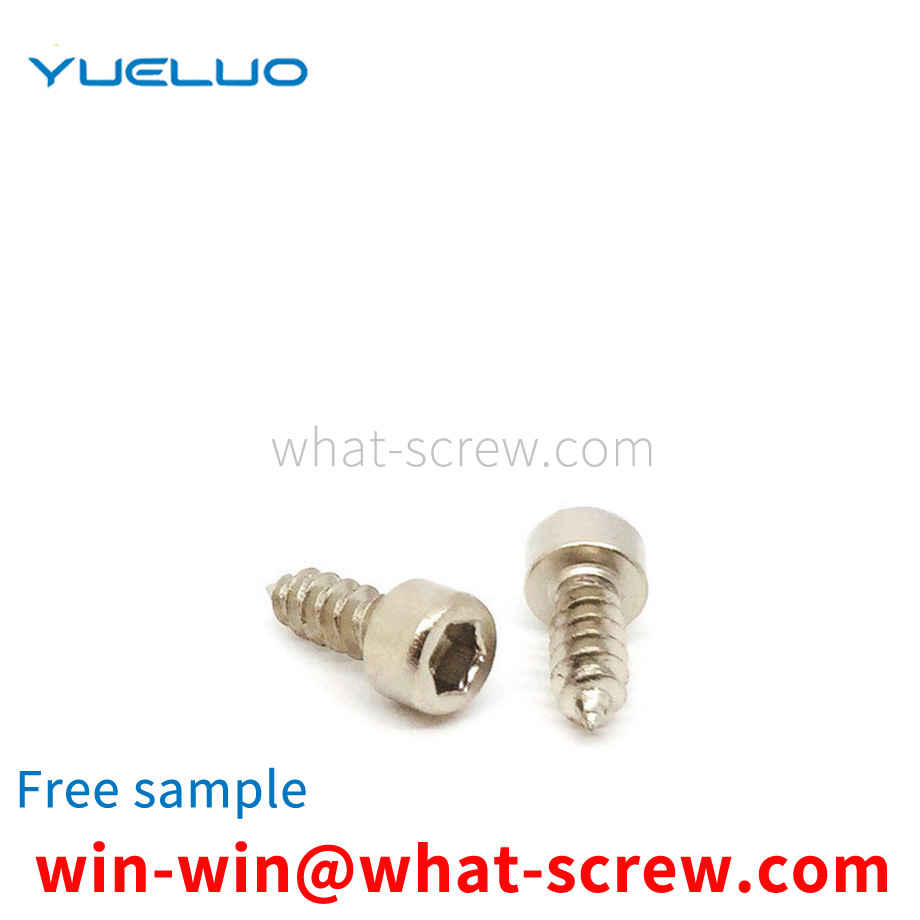The marking format of the thread mark is: Thread code - thread tolerance zone code (pitch diameter, top diameter) - screw length l) Tolerance zone code is represented by numbers plus letters (inner thread with uppercase letters, external thread with lowercase letters) , such as 7H, 6g, etc., it should be specially pointed out that 7H, 6g, etc. represent thread tolerance, while H7, g6 represent cylinder tolerance code. 2) The length of rotation is specified as short (represented by S), medium (represented by N), and long (represented by L). In general, the thread engagement length is not marked, and the thread tolerance zone is determined by the medium engagement length (N). If necessary, add the screw length code S or L, such as M20-5g6g-L. When special needs are required, the value of the screwing length can be indicated, such as M20-5g6g-30.
The pressure riveting nut is divided into free-cutting steel pressure riveting nut S type, stainless steel pressure riveting nut type CLS, stainless iron pressure riveting nut SP type and copper and aluminum pressure riveting nut CLA type, which should be used in different environments. . Sizes are usually from M2 to M12. There is no unified national standard for rivet nuts, and they are often used in chassis cabinets and sheet metal industries. S series, CLS series, SP series pressure riveting nuts use the internal thread as a simple method to install in precision sheet metal products, and use small and precise nuts for reliable fixing to completely process the side plate of the sheet metal. The nut is inserted into the hole of the metal plate, and the inlay strengthening function is completed by pressure. Application advantages 1. The back of the plate remains completely flat; 2. Small size and precision, suitable for all electronic or precision equipment; 3. High torque resistance; 4. Easy equipment, simple riveting; 5. Standardized serialization can meet various design requirements .
Most of the existing screws use an integral metal structure, and there are still some problems, such as large weight, high cost of materials, wear resistance, hardness, rust resistance, corrosion resistance, high and low temperature resistance, brittleness, toughness, etc. Many occasions cannot meet the needs of production, and further improvements are needed to improve production efficiency, reduce costs, improve safety, and prolong the service life of screws.
Standard screw is one of the fasteners commonly used for fastening and assembly. Standard screws and flat washers, grade A, and standard spring washers, are used in combination, and are widely used in the assembly of various products. For manufacturers who use combination screws in small and medium batches, the process of combining screws, spring washers and flat washers generally adopts the method of assembling screws by workers' bare hands. This method is tedious and repetitive, wastes human resources, is time-consuming and labor-intensive, and it is difficult to ensure the normal operation of the workshop. assembly progress. The screw assembly machines currently on the market can replace manual assembly screws, but this type of equipment has disadvantages such as bulky size, high cost, complex structure, inconvenient non-standard manufacturing and maintenance, high noise, and power consumption.
Stud bolts generally need to be surface treated. There are many types of bolt surface treatments. Generally, electroplating, blackening, oxidation, phosphating, and electroless zinc flake coating are commonly used. However, electroplated fasteners account for a large proportion of the actual use of fasteners. Especially in automobiles, tractors, home appliances, instrumentation, aerospace, communications and other industries and fields are more widely used. However, for threaded fasteners, not only a certain anti-corrosion capability is required in use, but also the interchangeability of threads must be ensured, which can also be called screwability here. In order to meet the dual-use performance of anti-corrosion and interchangeability required by threaded fasteners in use, it is very necessary to formulate special plating standards. GB/T5267.1-2002 [Threaded fastener electroplating layer] standard is one of the national standards fastener surface treatment series of standards, the standard includes: GB/T5267.1-2002 [fastener electroplating layer]; GB/T5267.2-2002 [Electrolytic zinc flake coating for fasteners] Two standards. This standard is equivalent to the international standard ISO4042; 1999 [Threaded fastener electroplating layer]. This standard replaces the GB/T5267-1985 [Threaded Fastener Electroplating Coating] standard.
We have many years of experience in the production and sales of screws, nuts, flat washers, etc. The main products are: fisheye wear-resistant seals, external hexagon self-tapping screws, hammer hammer nuts, external hexagon cross bolts and other products, we can provide you with suitable products Your fastener solution.



















 Service Hotline
Service Hotline




